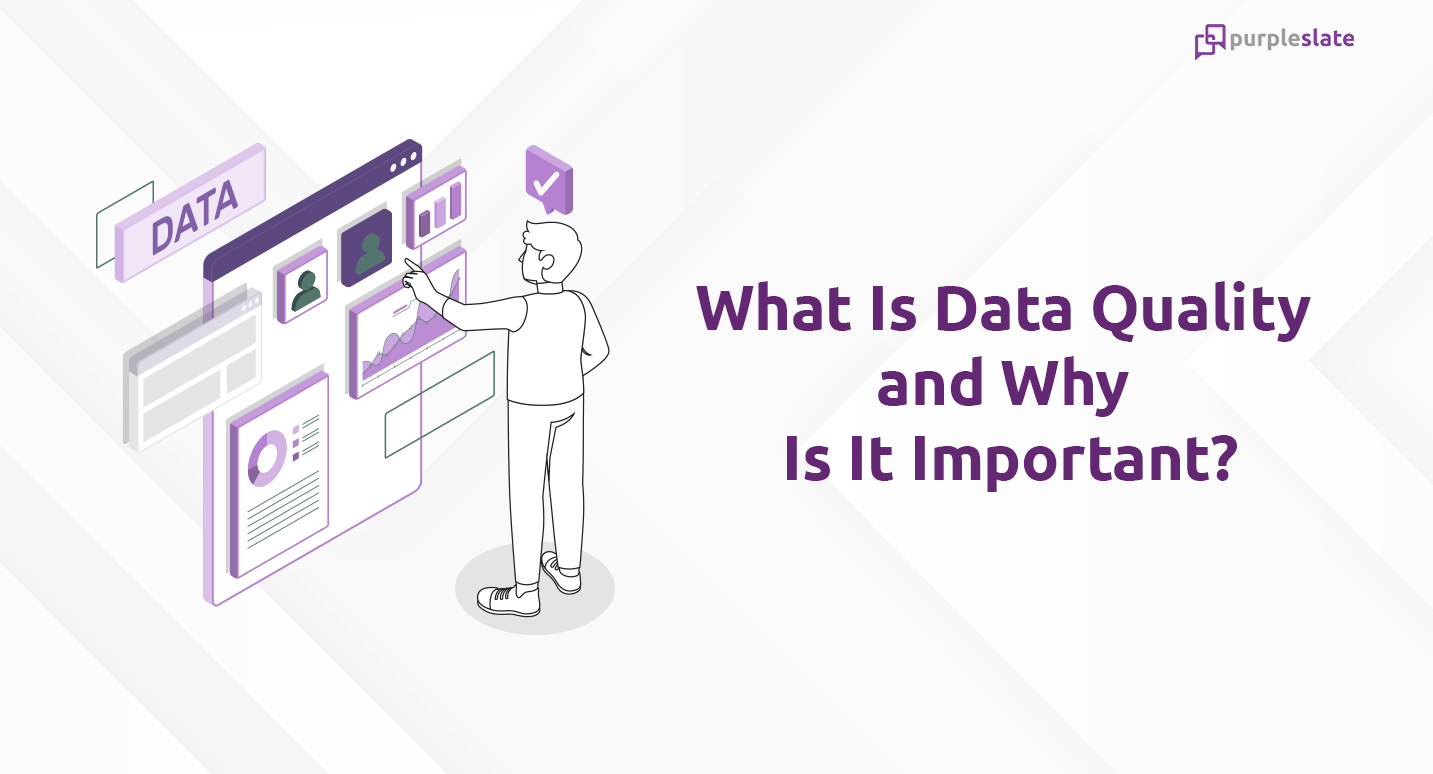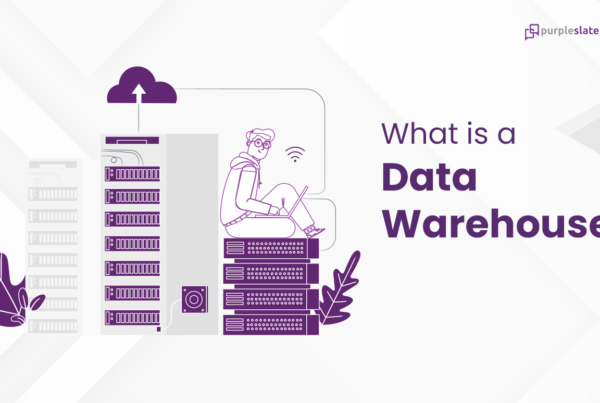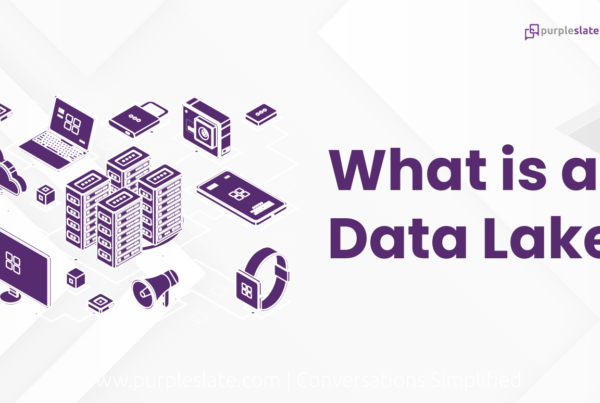
Introduction
It is said that bad worker must not blame their tools. But data analytics might be exempted from this rule. Where data is your primary tool, it must be of high quality to aid in completing the tasks at hand. Determining client’s sentiment toward your products? Conducting a financial analysis? If you have poor data quality, deduced insights may not help.
Quality data is an essential part of making informed and accurate decisions. The challenge is determining the data quality, which can pose some difficulties. Despite that data quality needs to meet specific measures, judgment is necessary. We will discuss the topic further in this post. By the end, you will have a deeper understanding of data quality and how it is determined.
Data Quality Explained
The term “Data quality” might have crossed your mind in one way or another when exploring data analytics. Now you might be wondering what data quality means.
Data quality describes the state of a database. It determines objective factors like consistency, accuracy, and completeness. Also, it determines subjective elements like the degree to which a dataset suits a particular task. In most cases, subjective attributes become challenging in measuring data quality. Despite the difficulties, data quality is a significant concept.
Collected data must meet the expected subjective and objective levels to ensure quality. Keeping track of your datasets will help identify potential issues that may interfere with the data quality. In that case, you can be sure that the data you have shared meets the standards for use in a particular task.
Why is Having Data Quality Important?
Your dataset can be used for its intended purpose when you have high data quality. This may incorporate informing future growth, improving operations, or making data-driven decisions, just to mention. Conversely, if you have low-quality data, such areas will be impacted negatively. You might spend money on unhelpful things, and operations become more burdensome. Poor data quality may even sink your business’s plans. From these extreme examples, you have an idea of how data quality is of utmost importance; it is vital during data analysis processes and in the overall practice of continuous data governance.
Having poor data quality negatively affects the credibility of your information. Then, if you have insufficient quality information, you will not have the actionable knowledge necessary for daily operations. It will be difficult to apply the knowledge from the data or result in incorrect applications affecting future outcomes.
6 Ways of Determining Data Quality
As is the norm in data analytics, very minimal issues have straightforward solutions. Determining data quality is not exempted. But what is more amusing is that you are often challenged to be more creative in data analytics.
Data quality is measured by how well data is cleaned (validated, corrected, deduplicated, etc). However, context is also an essential concept. It is important to note that a high-quality dataset for a specific task may be useless for other jobs. The data might be in a format that cannot be used in another job or be missing some significant observations for the task. To mitigate these issues, you can measure the data quality through a few aspects. So, let’s explore some of the few tricks in determining data quality. Shall we?
- Completeness
Completeness refers to how exhaustive the information is; how comprehensive your dataset is. When determining the completeness of your data, you need to assess whether you have all the required information for task completion. Assuming you have a list of the client’s contacts, the dataset is missing a significant number of surnames. Alphabetical listing of these clients may result in an incomplete dataset. However, analyzing their dialing codes to get geographical locators, the missing surnames will not matter.
It can be challenging to infer missing data from what you already have. This makes data incompleteness challenging to fix. However, completeness is crucial, as incomplete information may be unusable.
- Consistency
Consistency refers to whether your information and data from another source match. Data consistency determines the reliability and accuracy of the information. For example, working in healthcare, you might find patients with two different postal addresses. This data is inconsistent and necessitates creativity as it is not quickly resolved. You might look at recent entries to determine the current information or other ways that assess reliability. Any dataset with high accuracy and reliability is considered high-quality data.
- Integrity
The transformations and movement of data across systems may impact its characteristic relationship. Integrity indicates that data characteristics are correctly maintained even as you use and store the data in diverse systems. With data integrity, you can easily connect and trace all your data.
- Timeliness
Just like the term implies, timeliness defines how up-to-date your data is. It is timely data if you have data gathered in a few past hours. However, if new information emerges, your data may be useless. Timeliness is a crucial aspect as it might result in wrong decisions. It helps save money and time and maintains a good reputation.
- Uniqueness/ Deduplication
Uniqueness refers to an instance that is recorded once in the dataset used. This dimension is the most crucial aspect that will help ensure your data has no overlaps or duplications. Uniqueness is determined by comparing information across and within datasets. A high uniqueness score indicates minimal overlaps and duplicates that create trust in analysis and data.
Identification of overlaps maintains data uniqueness, enhancing your data governance and improving compliance. Deduplication and data cleansing help in remediating the duplicated information.
- Validity
Validity indicates the availability of the value characteristics for alignment with specific requirements or domains. It is the degree to which the data complies with the set of rules or defined format. Using the business rules can be a systematic way to determine data validity.
Invalid information affects data completeness. You may define rules to resolve or ignore invalid data to ensure completeness.
An Example of Good Data Quality
Assuming you are a marketer and plan on promoting a brand of chicken feeds. You want to assess the most appropriate time to conduct online ads for the brand’s web store promotion. To get the information, you can gather information from the brand’s website on when customers purchase chicken feeds on it. You will ensure high data quality through;
Completeness: Collect similar data on all the customers to ensure you have complete data.
Consistency: Ensure the data is consistent across sources if you are using multiple sources.
Integrity: Use only the data related to chicken feeds.
Timeliness: Import and use the data as soon as possible and within a predetermined period.
Conclusion
Data quality will help you achieve the most from your information. Determining data quality is essential in realizing opportunities for data quality improvement. It may be useless when your data fails to meet the aspects of completeness, consistency, integrity, timeliness, uniqueness, and validity. Find out more from our data glossary page.




